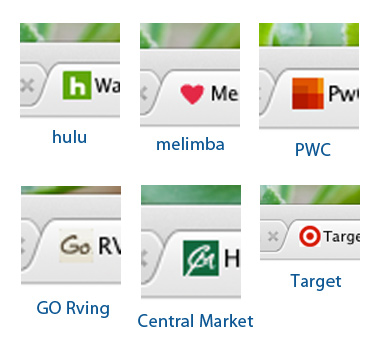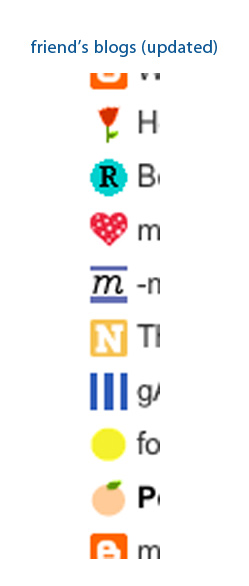It’s May in D.C. The year is 2015, but the subject of conversation was the fate of a 40-year-old ban on crude exports, or what most of us laypeople refer to as “oil.” To spotlight this discussion, R&R Partners, along with the Conference of Western Attorneys General (CWAG) and the Energy Independence Coalition (EIC), brought attorneys general and energy leaders to the nation’s capital for the Energy Exports Summit.
To export U.S. oil − or not to export − is a highly debated issue among policymakers today, hence the focus of the Summit. One side makes the case that exporting U.S. oil abroad will allow other nations to partner with the United States instead of hostile countries like Russia, ultimately making America and the world safer. The other side argues that exporting U.S. oil will drive up U.S. gasoline prices, hitting Americans where it hurts most – their wallets.
The Summit explored this issue.
Writes the Washington Examiner, “States, industry and energy security advocates are converging on Washington this week to add strength to a growing effort in Congress to kill a federal ban on oil exports.
“The centerpiece of the week’s push will be an ‘Energy Exports Summit’ on Tuesday organized by a group representing Western state attorneys general and a relatively new organization called the Energy Independence Coalition.”
Arguably, the conversation has never been so relevant. Today’s abundance of domestic energy is a stark contrast to the 1970s’ Saudi oil embargo, which caused mass gas shortages and had Americans lining up to fill their gas tanks.
Predictions made by the International Energy Agency suggest that the United States could be poised to pass Saudi Arabia and overtake Russia as the world’s largest oil producer by 2017. Similarly, the Energy Information Administration says that the United States could become a net energy exporter in the near future, ending a 50-year track record as a net energy importer.
The summit featured dueling views from Jamie Webster of IHS Energy and Jay Hauck of The CRUDE Coalition. Other highlights included an introduction by Sen. Heidi Heitkamp (D-N.D.).

Writes the Washington Examiner, “The North Dakota Democrat told a group of state attorneys general that a lot more education has to be done to bring lawmakers and the public up to speed on the positive effects of removing the export ban before it can be repealed. The attorneys general were in Washington for a two-day summit on energy exports.
‘The policy of prohibiting exports of oil is wrong, wrong, and wrong on so many levels,’ she said. ‘So, why isn’t this a no-brainer?’
‘Heitkamp said the “number one reason” for not supporting a commonsense reversal of the policy is the belief “that if they vote for this and gas prices go up” they will pay a political price.’”
Also spotted at the summit were reporters with Reuters and the industry trade E&E. They were joined by speakers from ANGA and the National Bureau of Asian Research, among others. Not to be overlooked were our 10 AGs from states as far as Oregon to the Northern Mariana Islands, in addition to U.S. Sens. John Barrasso (R-Wyo.) and Steve Daines (R-Mont.).
Yet perhaps the hottest “ticket” during the two-day event was the after-hours reception hosted at 101 Constitution Avenue, R&R’s D.C. office. U.S. Sen. Cory Gardner (R-Colo.) kicked off the night offering introductory remarks to the crowd comprised of numerous AGs and their aides, along with other notable players.

Enjoyed the debate over oil exports with @websterdrake before the Conference of Western Attorneys General at #EnergyX2015
— CRUDE Coalition (@USCRUDE) May 6, 2015






![imedia 1[1]](http://s3.amazonaws.com/rrpartnersblog/rrblog-content/uploads/2015/05/10121537/imedia-11.jpg)
![imedia 2[1]](http://s3.amazonaws.com/rrpartnersblog/rrblog-content/uploads/2015/05/10121536/imedia-21.jpg)

















